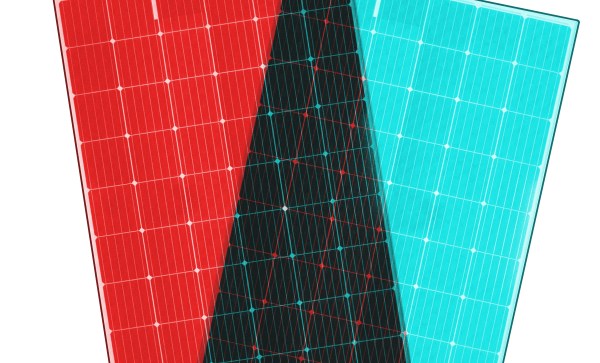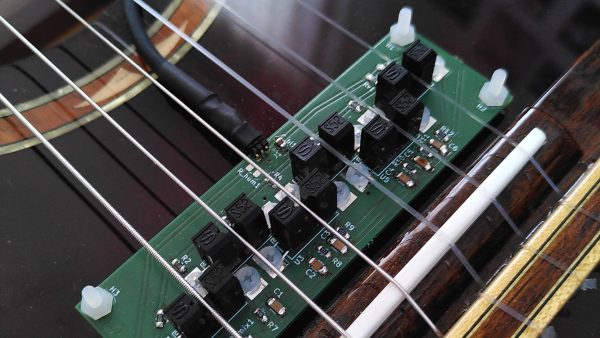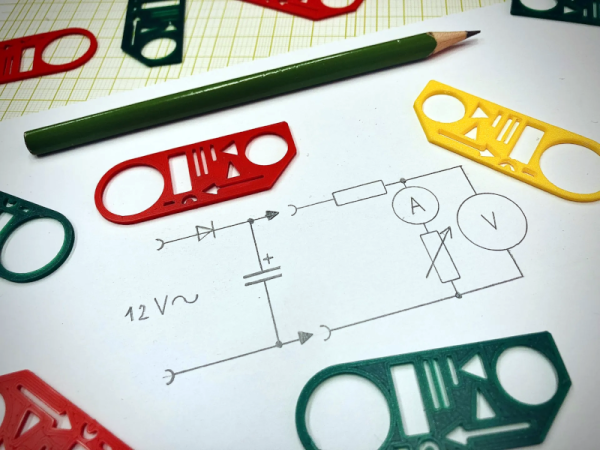Lawn tractors are a great way to mow a large yard or small paddock. They save you the effort of pushing a mower around and they’re fun to drive, to boot. However, they can be even more fun with the addition of some extra hardware. The hydraulic loader build from [Workshop from Scratch] demonstrates exactly how.
The build is based around a John Deere LX188 lawn tractor, which runs a 17 horsepower Kawasaki engine and features a hydrostatic transmission. It’s a perfectly fine way to mow a lawn. In this case, though, it’s given new abilities with the addition of a real working loader. It’s fabricated from raw steel from the arms right down to the bucket. It’s all run from a hydraulic pump, which is mounted to the engine via an electromagnetic clutch. The clutch can be engaged when it’s desired to use the hydraulics to actuate the loader.
As you might expect, the humble lawn tractor isn’t built for this kind of work. Thus, to support the extra equipment, the mower was also given some frame reinforcements and a wider track for stability.
If you’re trying to give your neighbours mower envy, this is how you do it. Or, you could go another route entirely. Video after the break.
Continue reading “Building A Hydraulic Loader For A Lawn Tractor”






 The concept is simple. You place an LED and a phototransistor in a U-shaped channel, and place it so that the string runs through it. You repeat this for each string. Thus, as a string vibrates, it interrupts the light travelling from the LED to the phototransistor. This generates a voltage that varies with the frequency of the string’s vibration. Funnily enough, this type of pickup will work just fine on both nylon and steel strings, if you were so inclined to try it.
The concept is simple. You place an LED and a phototransistor in a U-shaped channel, and place it so that the string runs through it. You repeat this for each string. Thus, as a string vibrates, it interrupts the light travelling from the LED to the phototransistor. This generates a voltage that varies with the frequency of the string’s vibration. Funnily enough, this type of pickup will work just fine on both nylon and steel strings, if you were so inclined to try it.











